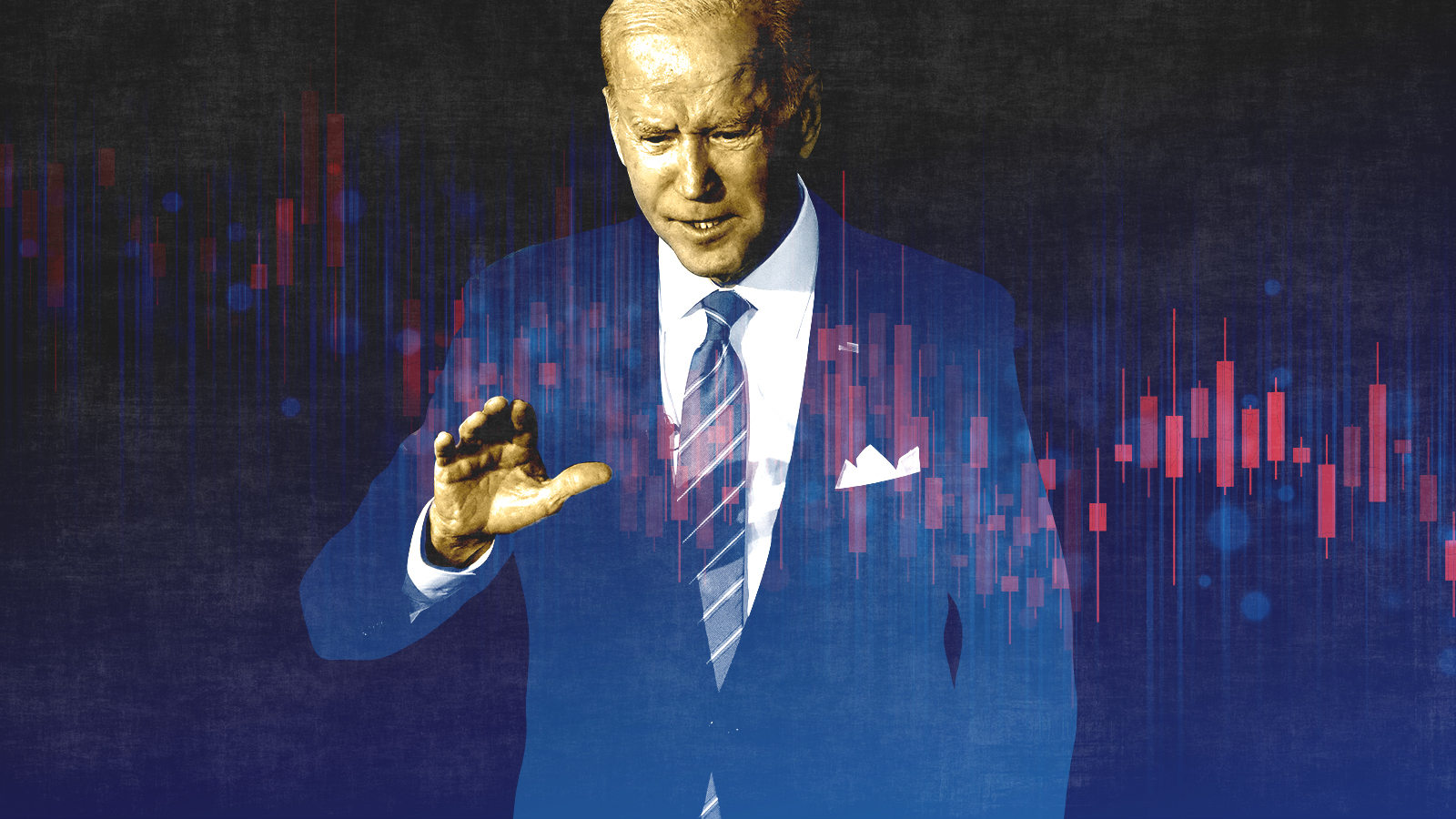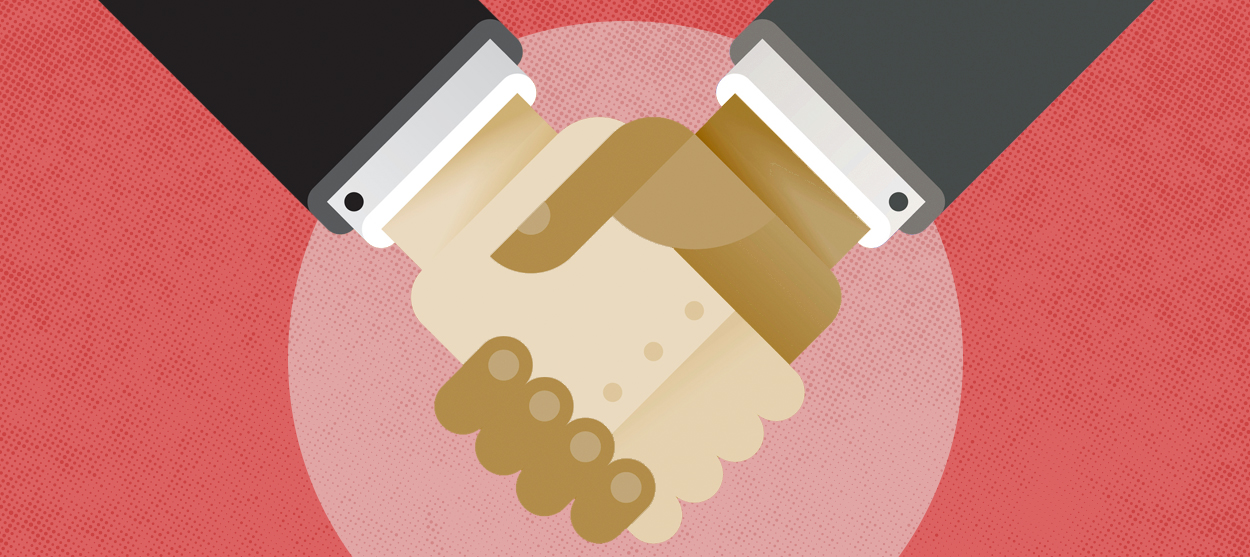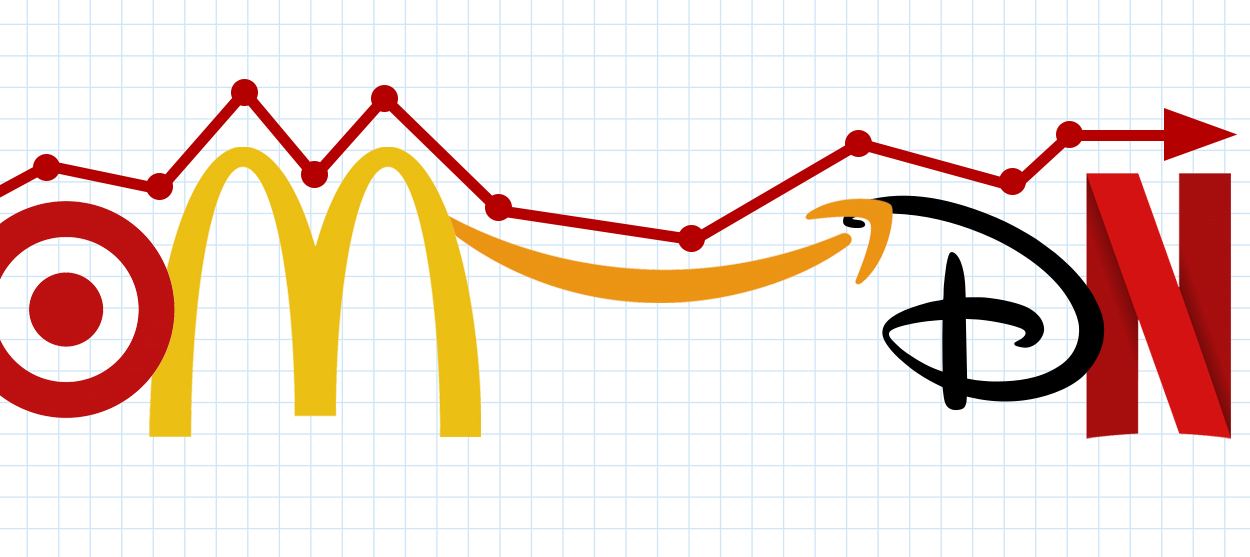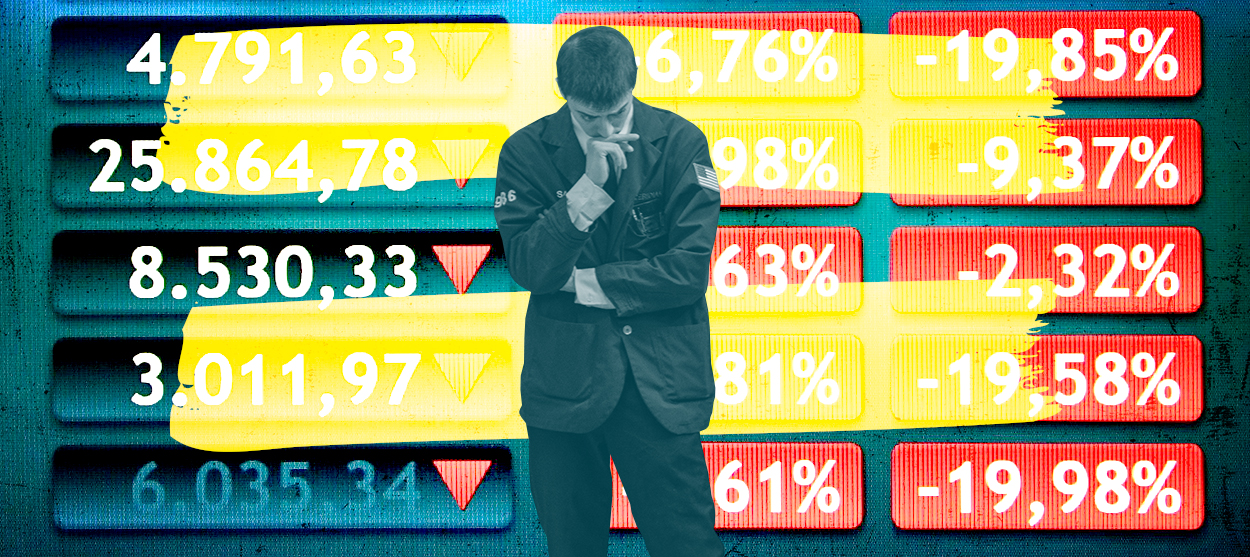Don't worry about the rising national debt. Seriously, just don't.
A close look at the numbers — plus some common economic sense — shows the debt and the deficit are nowhere near the country's biggest problems

We haven’t heard much from deficit hawks as of late. But they’ve apparently been itching to squawk about something, because they’ve latched onto the thinnest of justifications in a new government report to start flagellating the country for its reckless borrowing.
"Interest on federal debt will triple over coming decade," blared a headline in The Washington Post. NPR warned that while the annual gap between what the federal government spends and what it takes in as tax revenue has fallen like a rock to its lowest point since 2007, it will start rising again after 2018. The conservative Heritage Foundation screamed that it will clear $1 trillion by 2025.
But Washington Post columnist Ruth Marcus took the crown for silly self-righteous fulmination, accusing everyone from President Obama to the country as a whole of irresponsibly ignoring the "lingering, and potentially dangerous, hangover" of debt — the total amount the country owes from its borrowing, and which every annual deficit adds to.
The Week
Escape your echo chamber. Get the facts behind the news, plus analysis from multiple perspectives.

Sign up for The Week's Free Newsletters
From our morning news briefing to a weekly Good News Newsletter, get the best of The Week delivered directly to your inbox.
From our morning news briefing to a weekly Good News Newsletter, get the best of The Week delivered directly to your inbox.
All this was in reaction to new budget projections from the Congressional Budget Office (CBO). But if you actually dig through the CBO report, and apply some basic economic logic, it becomes clear that deficit hawks are blowing the problem way out of proportion.
Take that Post headline. When it says interest payments will triple, it is referring to raw dollar amounts: CBO projects the payments will be $227 billion in 2015, and $827 billion in 2025. But this is meaningless. Interest payments on federal debt matter because they are a potential burden on the economy. The more we borrow, the more we have to pay in interest, so we have to either take money out of the economy via taxes, or we have to borrow further — and risk an increase in interest rates or inflation down the line. So what matters is the size of interest payments compared with the economy as a whole — i.e., gross domestic product (GDP).
As economist Dean Baker has pointed out again and again, this problem — reporters giving the public meaningless raw-dollar amounts — is pervasive in economics journalism. But the people who run CBO are well aware of this point, and present their projections as a percentage of GDP. Interest payments will be 1.3 percent of GDP in 2015, and 3 percent in 2025. The deficit itself will be 2.6 percent of GDP, and then 4 percent, over that same time period.
Obviously, in an ideal world, you’d prefer these numbers to not grow. But increases of 1.7 and 1.4 percent points of GDP over a decade are hardly something to get excited about.
A free daily email with the biggest news stories of the day – and the best features from TheWeek.com
This same desperate need for context applies to the debt. CBO projects it will increase from 74 percent of GDP next year to almost 79 percent in 2025. Again, not exactly a huge increase. The agency’s last long-term projection was that it would clear 100 percent of GDP around 2040, which may seem like a bigger deal. ("100 percent! That's, like, everything!") But debt is a stock — a set amount of money that either grows or shrinks from year to year. GDP is a flow — it measures the amount of income that the economy produces annually. Seen from this angle ("We could pay off all our debt with the wealth the economy generates in a single year!") that 2040 projection doesn't look small, but it certainly looks manageable.
Economists have long tried to determine a tipping point at which national debt will strangle an economy. The most infamous effort — by Carmen Reinhart and Kenneth Rogoff, which located that point at 90 percent of GDP — collapsed upon examination. In fact, properly parsing the data shows that economic slowdowns are often followed by big increases in debt, while big increases in debt show no tendency to be followed by economic slowdowns.
That's because what amount of debt is too much influenced by an enormous set of moving and unpredictable variables, which have to align in very particular ways for debt to start throttling an economy. It also reinforces the critical point that economic growth is itself a big determinate of the size of the debt burden. By failing to do more deficit spending during the recession, we ended up increasing our debt.
It's also important to realize how hard it is to predict the paths of spending and debt. Projecting 2040's debt in 2015 is like trying to project 2015's debt back in 1975. The number of things you'd never see coming, and the number of trends about which CBO must simply guess in order to produce a number at all — from Reagan's tax cuts, to his Cold War defense buildup, shifting interest rates, the great moderation in inflation, the budget standoff between Clinton and the GOP, Bush's tax cuts, the 2008 economic collapse — are so numerous as to render the exercise absurd. Just a few years ago, CBO was projecting debt at 200 percent of GDP by 2040.
It should be noted that none of this is CBO's fault. This is a sober and responsible agency. But what we're asking of it — project the country's debt 10 or 25 years out — borders on the impossible.
America's policy decisions about spending, taxing, and borrowing are all about competing risks. The risk of rising debt versus a slowing economy, a withering working class, and exploding inequality, to name just a few problems. A sensible examination of CBO's numbers shows that plenty of those other risks outweigh the threat of debt, and that combating them could absolutely justify breaking out the national credit card once again.
Jeff Spross was the economics and business correspondent at TheWeek.com. He was previously a reporter at ThinkProgress.
-
 Political cartoons for December 7
Political cartoons for December 7Cartoons Sunday’s political cartoons include the Trump-tanic, AI Santa, and the search for a moderate Republican
-
 Trump’s poll collapse: can he stop the slide?
Trump’s poll collapse: can he stop the slide?Talking Point President who promised to ease cost-of-living has found that US economic woes can’t be solved ‘via executive fiat’
-
 Codeword: December 7, 2025
Codeword: December 7, 2025The daily codeword puzzle from The Week
-
 The pros and cons of noncompete agreements
The pros and cons of noncompete agreementsThe Explainer The FTC wants to ban companies from binding their employees with noncompete agreements. Who would this benefit, and who would it hurt?
-
 What experts are saying about the economy's surprise contraction
What experts are saying about the economy's surprise contractionThe Explainer The sharpest opinions on the debate from around the web
-
 The death of cities was greatly exaggerated
The death of cities was greatly exaggeratedThe Explainer Why the pandemic predictions about urban flight were wrong
-
 The housing crisis is here
The housing crisis is hereThe Explainer As the pandemic takes its toll, renters face eviction even as buyers are bidding higher
-
 How to be an ally to marginalized coworkers
How to be an ally to marginalized coworkersThe Explainer Show up for your colleagues by showing that you see them and their struggles
-
 What the stock market knows
What the stock market knowsThe Explainer Publicly traded companies are going to wallop small businesses
-
 Can the government save small businesses?
Can the government save small businesses?The Explainer Many are fighting for a fair share of the coronavirus rescue package
-
 How the oil crash could turn into a much bigger economic shock
How the oil crash could turn into a much bigger economic shockThe Explainer This could be a huge problem for the entire economy
